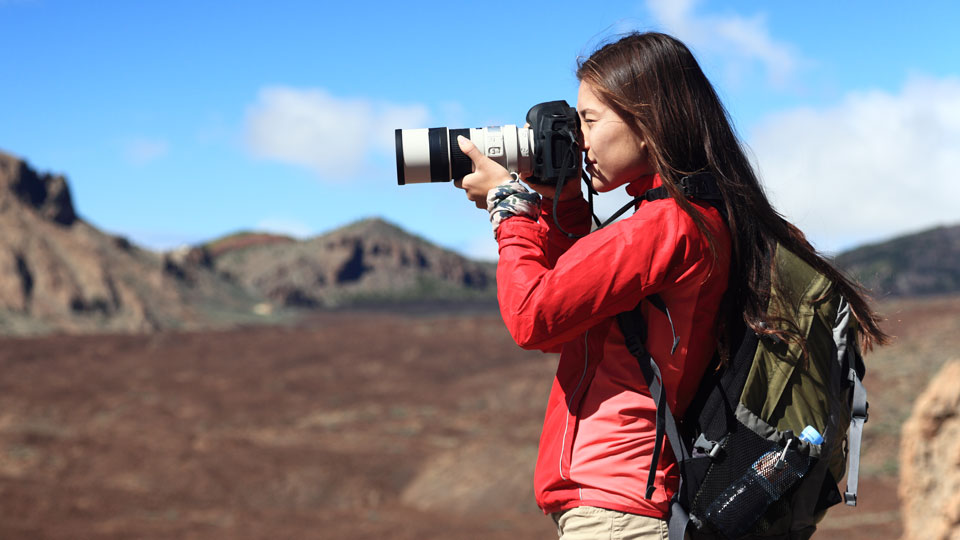Image stabilization (IS) can have a significant impact on the minimum shutter speed required to achieve sharp images. By reducing the effects of camera shake, image stabilization allows you to use slower shutter speeds than you would typically need when shooting handheld. Here’s how image stabilization affects the minimum shutter speed:
- Handheld stability: Image stabilization compensates for the small movements and vibrations caused by handholding the camera. It helps to stabilize the image projected onto the camera’s sensor, reducing the blur caused by camera shake. This stabilization allows you to use slower shutter speeds without sacrificing image sharpness.
- Shutter speed advantage: With image stabilization enabled, you can often use shutter speeds that are 2-4 stops slower than what would typically be required without stabilization. For example, if you would normally need a shutter speed of 1/250th of a second to avoid camera shake, image stabilization might allow you to shoot at 1/60th of a second or even slower while maintaining acceptable sharpness.
- Focal length impact: The effectiveness of image stabilization is particularly noticeable when using longer focal lengths. Longer lenses magnify camera movements, making camera shake more apparent in the images. Image stabilization compensates for these movements, allowing you to use slower shutter speeds even with telephoto lenses.
- Shooting scenarios: Image stabilization is especially beneficial in low-light situations where you may need to use slower shutter speeds to achieve proper exposure. It can also be helpful when photographing static subjects where the camera is handheld, as it reduces the risk of blur caused by slight hand movements.
- Limitations: While image stabilization can help reduce camera shake, it has its limitations. It cannot freeze the motion of moving subjects, so it’s still important to use an appropriate shutter speed to address subject movement. Additionally, image stabilization is not effective for compensating for subject movement if you’re panning the camera.
It’s worth noting that different camera and lens systems have varying types and effectiveness of image stabilization. Some systems provide in-body image stabilization (IBIS), while others offer lens-based stabilization (OIS, VR, IS). The specific performance and capabilities may differ between manufacturers and models.
Overall, image stabilization provides photographers with increased flexibility in choosing slower shutter speeds without sacrificing image sharpness due to camera shake. It’s a valuable tool for handheld shooting, particularly in low-light conditions or when using longer focal lengths. Experimenting with different shutter speeds and image stabilization settings will help you determine the optimal balance for sharp and well-exposed images in various shooting scenarios.
